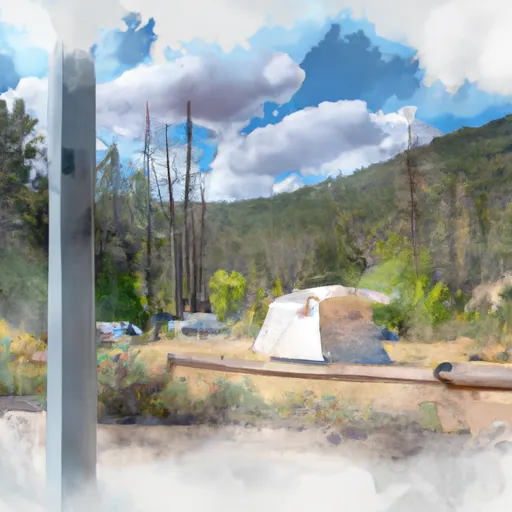Summary
The reservoir is located in the southeastern part of Idaho and covers over 16,000 acres. It is a popular spot for fishing, boating, and camping, and offers plenty of opportunities to catch a variety of fish species.
Some of the most prevalent fish species in the Palisades Reservoir include rainbow trout, brown trout, cutthroat trout, kokanee salmon, and smallmouth bass. Rainbow trout are the most commonly caught fish in the reservoir, with brown trout and cutthroat trout also being popular catches. Kokanee salmon are also a favorite among anglers, as they are known for their tasty meat and are typically caught in the late summer and early fall.
Aside from fishing, the Palisades Reservoir area offers plenty of other activities, such as hiking, camping, and wildlife watching. There are also several nearby attractions, including the Grand Teton National Park and the Yellowstone National Park.
When fishing in the Palisades Reservoir, it is recommended to use bait such as worms, power bait, or salmon eggs. Lures such as spinners and jigs may also be effective depending on the species of fish being targeted. It is also important to keep in mind that the reservoir is heavily fished, so using light line and a stealthy approach can help increase the chances of success.
The best time of year to visit the Palisades Reservoir for fishing is typically from late spring to early fall, with the peak fishing season being in the summer months. Average temperatures during this time range from the mid-60s to mid-80s Fahrenheit. However, fishing can still be good in the winter months for those willing to brave the cold temperatures.
Overall, the Palisades Reservoir is a beautiful and productive fishing destination that offers a wide variety of fish species and outdoor activities.
Weather Forecast
Nearby Streamflow Levels
Angling Safety Guidelines
Check local fishing rules, seasons, size limits, and license requirements to ensure legal and sustainable angling.
Handle Fish Responsibly
Use wet hands, minimize air exposure, and release fish gently to improve survival rates when practicing catch-and-release.
Choose the Right Gear
Match your rod, line, and tackle to the species and conditions to increase success and reduce unnecessary harm to fish.
Respect the Waterway
Avoid disturbing habitat, prevent bank erosion, and keep a safe distance from spawning areas to protect ecosystems.
Keep It Clean
Pack out all line, hooks, bait containers, and trash—discarded gear can injure wildlife and degrade waterways.
Related Links
Area Campgrounds
| Location | Reservations | Toilets |
|---|---|---|
 Blowout
Blowout
|
||
 Big Elk
Big Elk
|
||
 Calamity
Calamity
|
||
 Calamity Campground
Calamity Campground
|
||
 McCoy Creek Campground
McCoy Creek Campground
|
||
 Riverside Park
Riverside Park
|







 Palisades
Palisades